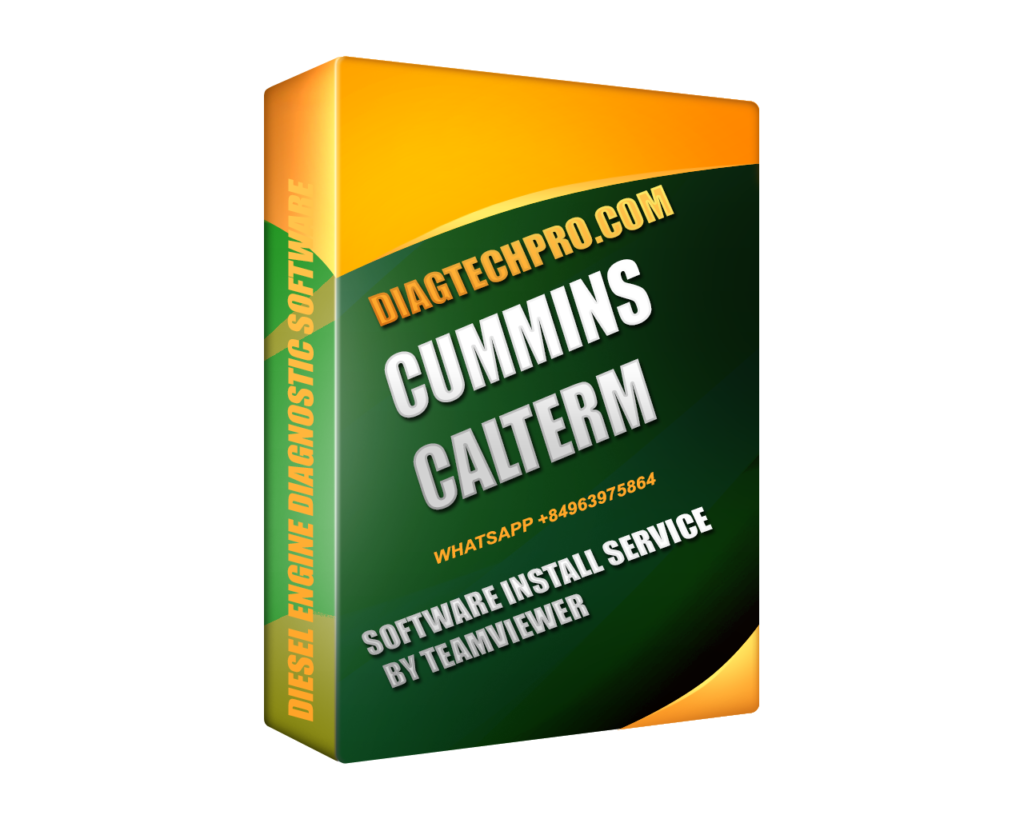Introduction
Modern diesel engines, especially those produced by Cummins, rely heavily on complex Engine Control Modules (ECMs) to manage performance, emissions, and diagnostics. For professionals working with Cummins engines, two essential tools—Cummins Calterm and Cummins INCAL—form the backbone of ECM reprogramming and customization. Understanding how they work together is crucial for effective, safe, and accurate engine tuning.
What is Cummins Calterm?
Calterm is an engineering tool developed by Cummins for advanced ECM interaction. Unlike tools meant for general diagnostics, Calterm is used primarily by engineers and technicians for:
-
Monitoring ECM activity in real time
-
Editing calibration parameters
-
Testing ECM functions under custom conditions
-
Programming non-standard ECM behaviors
It allows access to parameters that most OEM diagnostic tools restrict, making it ideal for advanced troubleshooting and custom tuning tasks.
What is Cummins INCAL?
INCAL stands for INformation for CALibration, and it is essentially a library of factory-approved ECM calibrations. These calibration files are:
-
Specific to ECM models and Cummins engine types
-
Regularly updated by Cummins to comply with emissions and performance standards
-
Packaged with meta-information such as ECM codes, compatibility data, and regulatory notes
INCAL ensures that technicians can reflash or restore ECMs using the correct and latest factory parameters.

How Calterm and INCAL Work Together
While INCAL provides the official, unmodified calibration files, Calterm is the tool used to modify and apply those files.
Here’s a simplified workflow:
-
Select the appropriate ECM calibration file from INCAL
-
Load the file into Calterm
-
Make custom edits or parameter changes using Calterm
-
Flash the new configuration back to the ECM
This synergy allows technicians to start from a known-good baseline (INCAL) and customize the engine behavior via Calterm, whether for performance tuning, emissions strategy changes, or feature testing.
Practical Benefits of Using Both Tools
Combining Calterm and INCAL provides several strategic advantages:
-
OEM-Level Accuracy: Start with compliant calibrations
-
Custom Tuning: Modify engine behavior to match real-world needs
-
Diagnostics Support: Analyze live data and ECM responses
-
Fleet Optimization: Apply consistent, adjusted calibrations across many vehicles
Together, they empower professionals to move beyond basic diagnostics and into precision calibration and testing.
Risks and Precautions
Although powerful, using Calterm and INCAL incorrectly can result in:
-
ECM damage or bricking
-
Warranty voidance
-
Non-compliance with emissions regulations
These tools are designed for trained professionals. Unauthorized or improper use could lead to serious mechanical or legal consequences.
Conclusion
Cummins Calterm and INCAL are two sides of the same coin when it comes to ECM reprogramming. INCAL provides the factory-approved foundation, while Calterm offers the flexibility and control needed for advanced customization. For technicians and engineers working with Cummins engines, mastering both tools is essential for safe, effective, and optimized engine calibration.

